This trek has fewer tourists, more culture, and leads to the same destination: Machu Picchu. The Lares trek is the alternative that few know about, yet everyone should experience. You walk along ancestral routes, share stories with Quechua communities, and end the journey before one of the wonders of the world. Sounds good, right? It truly is. In this complete guide you will discover why this route is the best decision you can make if you want a real experience in the Andes.
What is Lares Trek?
Lares trek Peru is an alternative hike to the traditional Inca Trail. It crosses the Peruvian Andes, passing valleys, lagoons, mountain passes, and small Quechua villages. Its main strength is cultural immersion: here you will see families weaving, children in their local clothing, and farmers working as they have for centuries.
This route became known as a calmer, more authentic option when permits for the Inca Trail began to sell out quickly. Since then, it has grown into a valuable alternative for those who wish to combine Andean landscapes with a deeply human experience. Although it was not a ceremonial Inca route like the Inca Trail, the Lares Trail to Machu Picchu follows ancestral paths used by local communities for generations.
Discover the Lares Valley
The Lares Valley has been inhabited by Quechua communities since pre-Inca times. Although tourism has grown in recent years, its culture and way of life remain almost intact. Here you walk along routes once used for trade between villages.
Interaction with local communities
During the Lares Trek, you will pass through towns such as Huacawasi, Cuncani, and Patacancha. In these places, it is common for travelers to interact with locals, watch traditional weaving demonstrations, or take part in community lunches when traveling with an organized tour.
General characteristics of the Lares Trek
| Aspect | Details |
| Duration | 3 to 5 days, depending on the route |
| Maximun altitude | 4,750 m (Paso del Cóndor) |
| Difficulty | Moderate to high |
| Start | Community of Lares |
| End | Aguas Calientes - Machu Picchu |
| Cultural | High community content – Quechua |
Duration and Possible Routes of the Lares trek
There are several versions of the Lares trek. Below you’ll find the most popular Lares trekking options:
Classic Route: 4-Day Lares trek Itinerary
Day 1: Cusco – Lares – Hot Springs – Blue Lagoon
Depart early from Cusco toward Lares, spotting Raimondi Puya plants along the way. Upon arrival, enjoy a relaxing soak in the hot springs. Afterwards, take a gentle hike to the campsite beside the Blue Lagoon, surrounded by waterfalls and herds of llamas and alpacas.
Day 2: Blue Lagoon – Condor Pass – Canchacancha Community
Today you’ll conquer the imposing Condor Pass at 4,750 m / 15,584 ft, one of the most challenging points of the route. Despite the effort, the panorama from the summit offers an extraordinary visual reward. Along the way you’ll pass turquoise lakes and share a special moment with the children of the Canchacancha community.
Day 3: Canchacancha – Huaran – Ollantaytambo – Aguas Calientes
During the descent into the Sacred Valley, enjoy spectacular views on a scenic walk. The day includes a gourmet picnic lunch before visiting the Maras Salt Pans and the archaeological site of Ollantaytambo. Later, board the Expedition train to Aguas Calientes, where you’ll spend the night in a 3-star hotel.
Day 4: Machu Picchu (The Lost City of the Incas)
The experience culminates at dawn over magnificent Machu Picchu. After a guided tour of its most emblematic structures, you may opt to climb Huayna Picchu or Machu Picchu Mountain for even more striking views. In the afternoon, return aboard the panoramic Vistadome train and close your Lares Trek Machu Picchu adventure.
Short Route (3 days / 2 nights)
Ideal when time is limited. It skips some villages and long stretches but keeps the trek’s essence.
Extended Route (5 days / 4 nights)
Adds visits to more communities, extra hikes, and better acclimatization time. Hidden lagoons can be explored, and short volunteer work in a village is possible.
Distances and Elevation Gains per Day (Classic 4-Day Route)
| Day | Journey | Km approx. | Unevenness + | Unevenness - | Camp / Accommodation |
| 1 | Lares (aguas termales) – Kiswarani | 8–10 km | +450 m | -50 m | Lagoon / Kiswarani |
| 2 | Kiswarani – Condor Pass – Canchacancha | 14 km | +850 m | -900 m | Canchacancha |
| 3 | Canchacancha – Huaran – Ollantaytambo – Aguas Calientes | 12 km | +50 m | -950 m | Aguas Calientes Hotel |
| 4 | Machu Picchu (visit) | 2–3 km (internal route) | — | — | — |
Figures are approximate and may vary depending on the operator and weather.
Comparison: Lares Trek vs Inca Trail
| Aspect | Lares Trek | Inca Trail |
| Tourist per day | 30–35 máx. (low attendance) | 150–500 |
| Culture | Very high; community visits | Moderate; archaeological sites |
| Difficulty | Moderate–high | High |
| Hot Spring | Yes, in Lares | No |
| Permissions | No restrictions | Yes; limited daily spaces |
| Price | Minor | Higher for permits |
Additional comparison: Lares vs Salkantay vs Inca Trail
| Aspect | Lares | Salkantay | Inca Trail |
| Difficulty | Medium - High | High | High |
| Maximum height | 4,750 m | 4,650 m (Salkantay Pass) | 4,224 m (Warmiwañusca) |
| Crowds | Lows | Medium | High |
| Landscapes | Communities, lagoons | Snow-capped mountains, high jungle | Inca ruins |
| Permissions | No | No | Yes |
| Average cost | Medium | Medium | High |
Lares Trek Costs, Tour Companies, and Permit Requirements
Organized trek vs. self-guided trek
If you go on your own you might spend about USD 200–300 (transport, meals, and gear at your expense). An organized tour on the Lares trek costs roughly USD 450–650 and includes a guide, porters/horse handler, lodging, meals, and full logistics.
No special permit is required as on the Inca Trail, but you must secure a Machu Picchu entrance ticket if you plan to visit the citadel.
How to choose a responsible agency
Pick agencies that work with local communities, pay porters fairly, and hold strong reviews. Confirm whether they include the Machu Picchu ticket and the return transport to Cusco.
Accommodation and services
Along most stretches of the Lares trail you’ll sleep in tents pitched by the support team. Some variations add homestays where you share meals and local culture.
- Typical services on Lares trek tours: boiled water for refilling bottles, snacks, first-aid kit, and pack animals to carry gear.
- Electricity & signal: limited or non-existent at camps—bring a power bank.
- Toilets: portable latrines or basic facilities in the communities.
Typical meals on a tour
Tours commonly provide:
- Breakfasts: oatmeal, quinoa, bread, eggs, coca-leaf tea.
- Lunches & dinners: hot soup (quinoa, vegetables), main dishes with rice, pasta, chicken, trout, or beef plus vegetables.
- Snacks: fruit, energy bars, nuts. Vegetarian/vegan meals are available if requested in advance.
Highlights of the Lares Trek
- Lares hot springs: a perfect start to soothe muscles before hiking; many travelers arrive a day early just to enjoy these healing waters.
- Condor Pass: one of the highest points, at 4,750 m / 15,584 ft, offering astonishing views ideal for unforgettable photos.
- Lakes and lagoons: crystal-clear waters amid solitude—some look like natural mirrors framed by snowy peaks.
- Villages such as Canchacancha and Patacancha: living traditions, children in colorful ponchos, and textile workshops using ancestral techniques.
- Camps under the stars: clear skies reveal the Milky Way as never before.
Lares Trek and Machu Picchu: are they connected?
Yes. Although the Lares trek machu picchu route doesn’t arrive on foot like the Inca Trail, it links by train from Ollantaytambo to Aguas Calientes; the final stretch from town to the citadel is done by bus or on foot.
Many agencies offer a combined service: Lares trek plus a guided visit to Machu Picchu the next day, letting you enjoy the best of both worlds.
Best season for the Lares Trek
- Dry season (May – October): sunny days, cold dry nights—ideal for hiking and camping.
- Rainy season (November – April): slipperier paths but lush green scenery, fewer visitors, and lower prices; weather is less predictable, so pack good rain gear.
Climate month by month
| Month | Daytime temp. approx. | Nighttime temp. | Rain | Comment |
| January | 15–18°C | 4–6°C | High | Frequent rains |
| February | 15–18°C | 4–6°C | High | Wet ground |
| March | 16–19°C | 3–5°C | Medium | Rain decreases |
| April | 16–20°C | 2–4°C | Medium-Low | Good transition month |
| May | 17–21°C | 0–2°C | Low | Start of the dry season |
| June | 17–21°C | -2–0°C | Very Low | Cold nights |
| July | 17–21°C | -3–0°C | Very low | Clear skies |
| August | 17–22°C | -2–1°C | Very low | Good general climate |
| September | 18–22°C | 0–2°C | Low | Light drizzle |
| October | 18–22°C | 2–4°C | Medium | Rain begins |
| November | 17–21°C | 3–5°C | Medium-High | Deep green |
| December | 16–19°C | 4–6°C | High | Wet reason |
Approximate temperatures and rainfall.
Physical Preparation
The ideal plan begins 4 weeks in advance:
- Weeks 1–2: two 45- to 60-minute walks on a slight incline plus basic strength work (squats, lunges).
- Weeks 3–4: long walks of 2–3 h carrying a 5–7 kg backpack, paired with cardio (cycling or light jogging).
In Cusco, rest 1–2 days beforehand, stay hydrated, and avoid alcohol.
Sustainability and Community Impact
The lares trek peru benefits Quechua communities by providing:
- Income through family homestays and textile sales.
- Employment for muleteers, cooks, and guides.
- Preservation of traditional weaving techniques.
- As a traveler, choose operators who pay fair wages, cut single-use plastics, and support local education.
Risks and Health
- Altitude sickness: initial symptoms include headache, nausea, and loss of appetite.
- What to do: hydrate, rest, drink coca-leaf tea; if symptoms worsen (vomiting, breathing difficulty), descend and seek medical attention.
Carry travel insurance that covers evacuations.
Notable Fauna and Flora
During the Lares trek you may spot llamas, alpacas, sheep, viscachas, and Andean birds like the caracara or high-altitude hummingbirds. Plant highlights include the Raimondi Puya, ichu grass, and queuña trees at lower elevations.
Key Tips for the Lares Trek
Acclimatization and Fitness
Stay in Cusco at least 1–2 days before starting. Walk gently, keep hydrated, and avoid heavy exertion to prevent altitude sickness. You needn’t be an athlete, but training with weighted hikes weeks ahead helps.
Guided Tour or Self-Guided?
You can trek independently if experienced, yet booking Lares trek tours is strongly recommended. These tours include licensed guides, meals, porters, transport, and deeper cultural contact with local communities, many are marketed as Lares trek Machu Picchu packages that pair the hike with a guided visit to the citadel.
What to Bring on the Lares Trek
- Small backpack (≈ 15 L) with rain cover
- Layered clothing: thermal base, fleece, windbreaker
- Breathable shirts and waterproof outerwear
- Trekking shoes and thick socks
- Trekking poles
- Sleeping bag rated for below-freezing temperatures
- Hat, sunglasses, and sunscreen
- Headlamp, toilet paper, and a basic first-aid kit
Food and Water
Pack energy snacks and a bottle with a filter or purification tablets. Tours usually include all meals; if trekking solo, plan your rations carefully.
Safety and Health
- Hydrate consistently and eat light meals.
- Rest well before demanding sections.
- Hire licensed guides, preferably trained in high-altitude first aid.
- Ensure your travel insurance covers altitude-related evacuations.
Cultural Respect
- Ask permission before photographing people.
- Buy local crafts to support community economies.
- Learn a few Quechua phrases, locals greatly appreciate it.
- Follow Andean customs: greet respectfully and be kind.
Frequently Asked Questions
Do I need a permit to do the Lares Trek?
No. Unlike the Inca Trail, there is no limited number of spaces or mandatory permits on the Lares trail to Machu Picchu.
Is the Lares Trek very difficult?
It is demanding but not technical. If you exercise regularly, you can do it. The highest pass is challenging, but with acclimatization you will get through it, this applies to Lares trekking in general.
Can I do the Lares trekking with children?
Yes, as long as they are used to walking and you go with specialized guides. Many families choose lares trekking with child-friendly pacing.
Where will I sleep?
In a tent (camping) or rural lodgings, depending on the tour. Some tours include community homestays during the Lares trek.
Is there phone signal?
Very little. Consider it an opportunity to disconnect and enjoy the surroundings.
How safe is the Lares trekking?
Very safe. The communities are welcoming. The most important thing is to be physically prepared and well equipped for the Lares trek.
Do I need to carry cash and in which currency?
Yes. Bring Peruvian soles in small bills to buy textiles, local snacks, or tip. There are no ATMs on the route and most places do not accept cards.
What happens if there are heavy rains or a road closure?
The guide may modify the itinerary, use alternative routes, or shorten the hike. In extreme cases you return to the valley and continue to Machu Picchu by road and train, which still completes the experience on the lares trail to machu picchu. That is why travel insurance is important.
Is there an option to use a horse or mule if I get tired?
In several communities you can hire pack animals to carry your backpack or, in an emergency, transport the hiker on specific sections. This is paid separately and depends on local availability on the Lares trek.
Do I need vaccines or special health requirements?
There are no mandatory vaccines for the Lares Trek. It is recommended to be up-to-date on basic vaccinations (tetanus, hepatitis A). Bring your personal medications and consult a doctor before doing the Lares trekking tour.

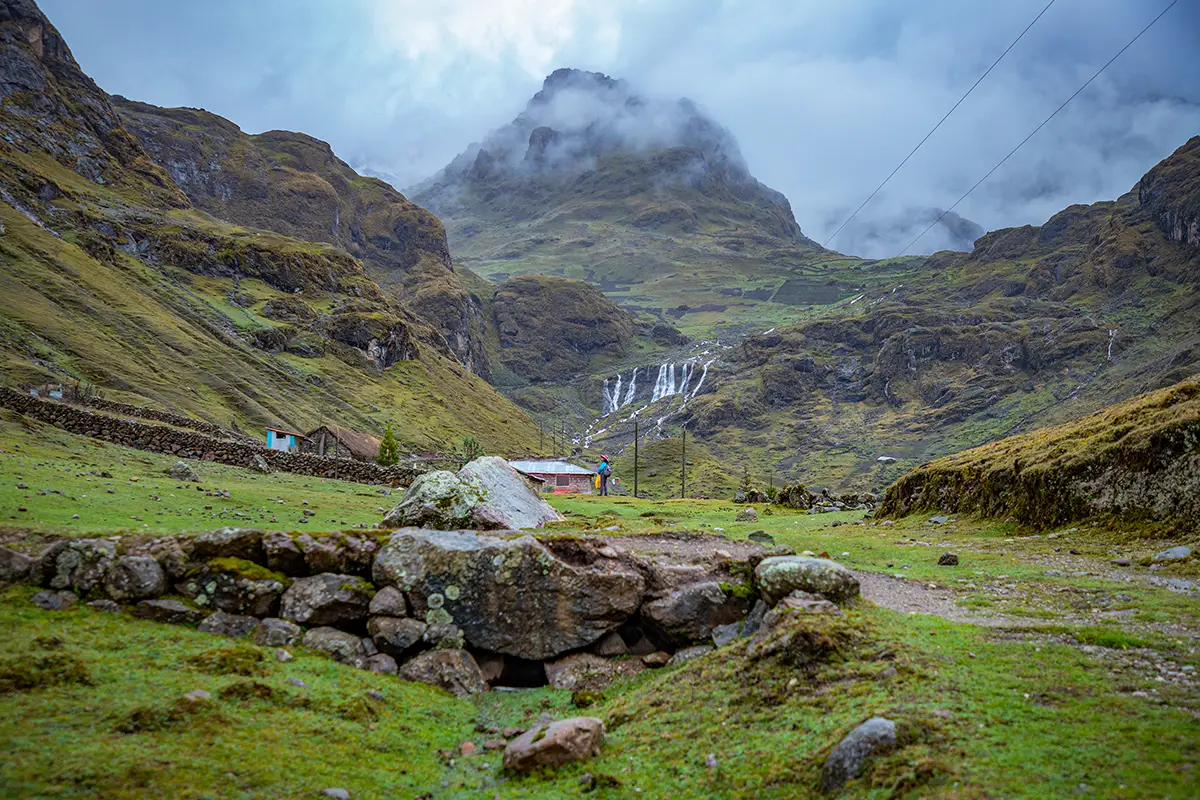
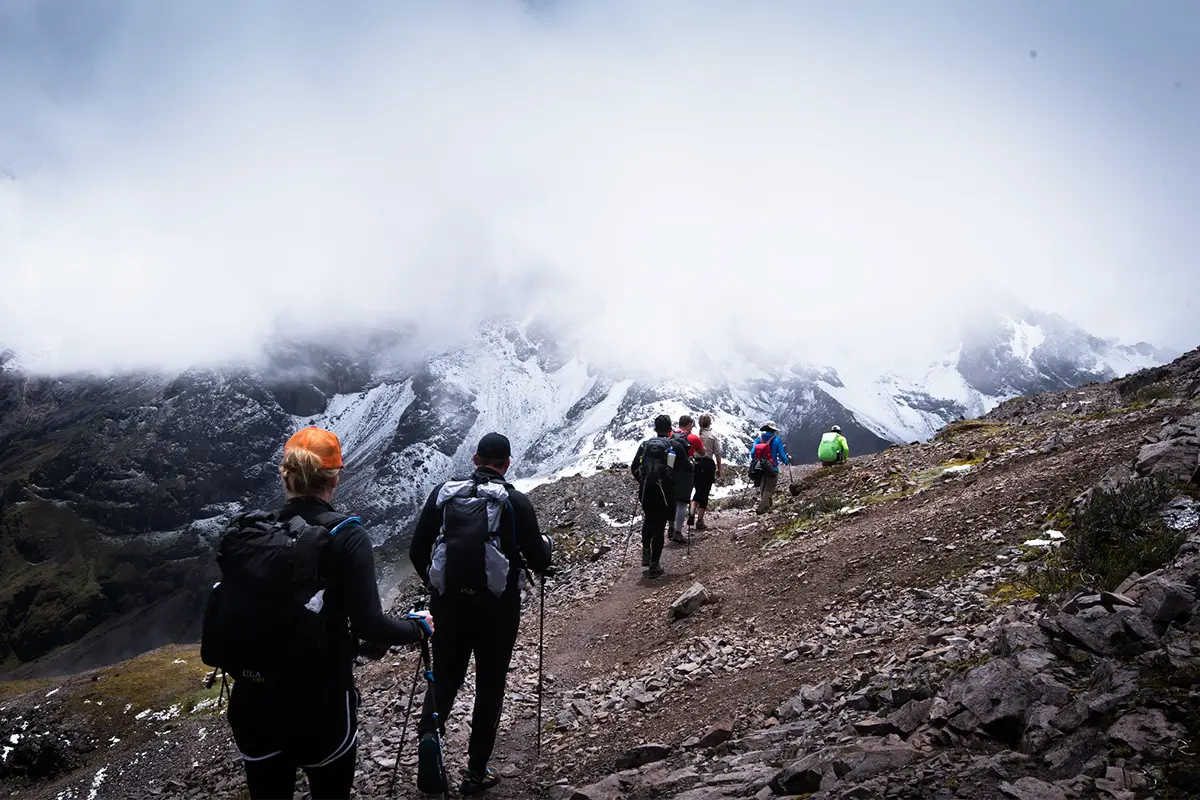

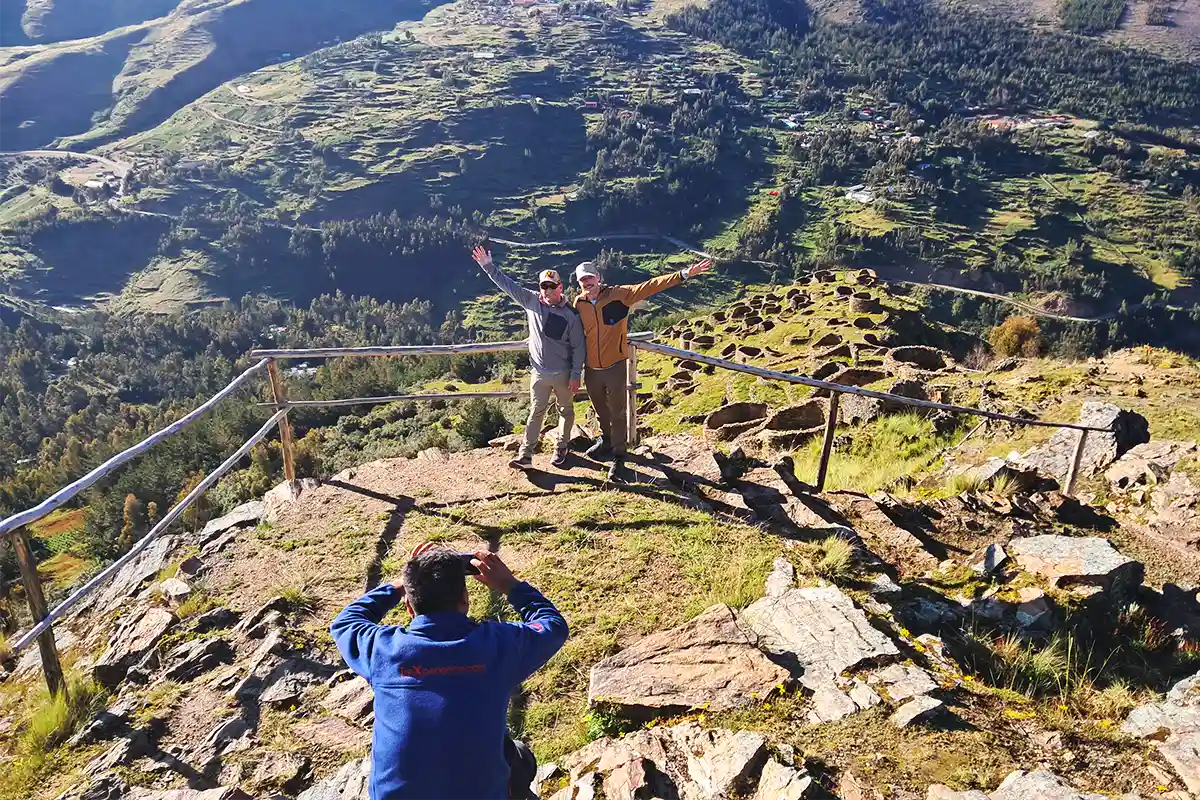

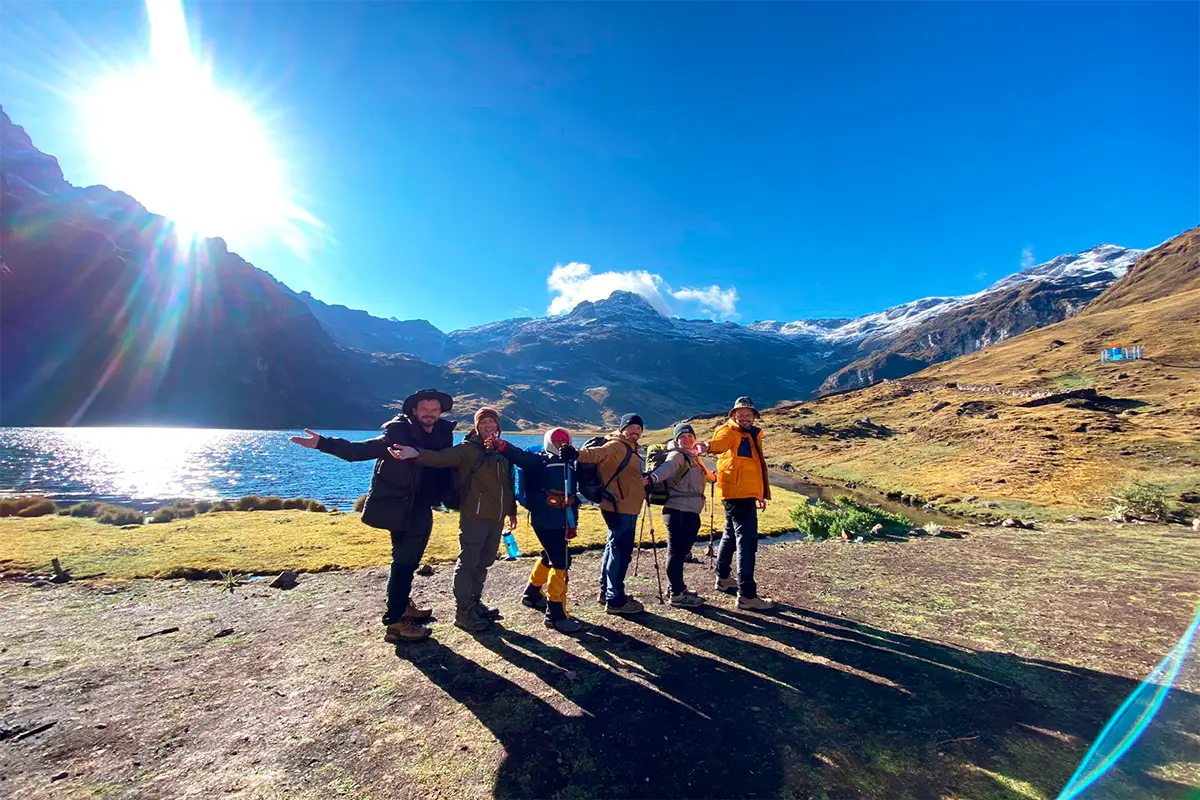

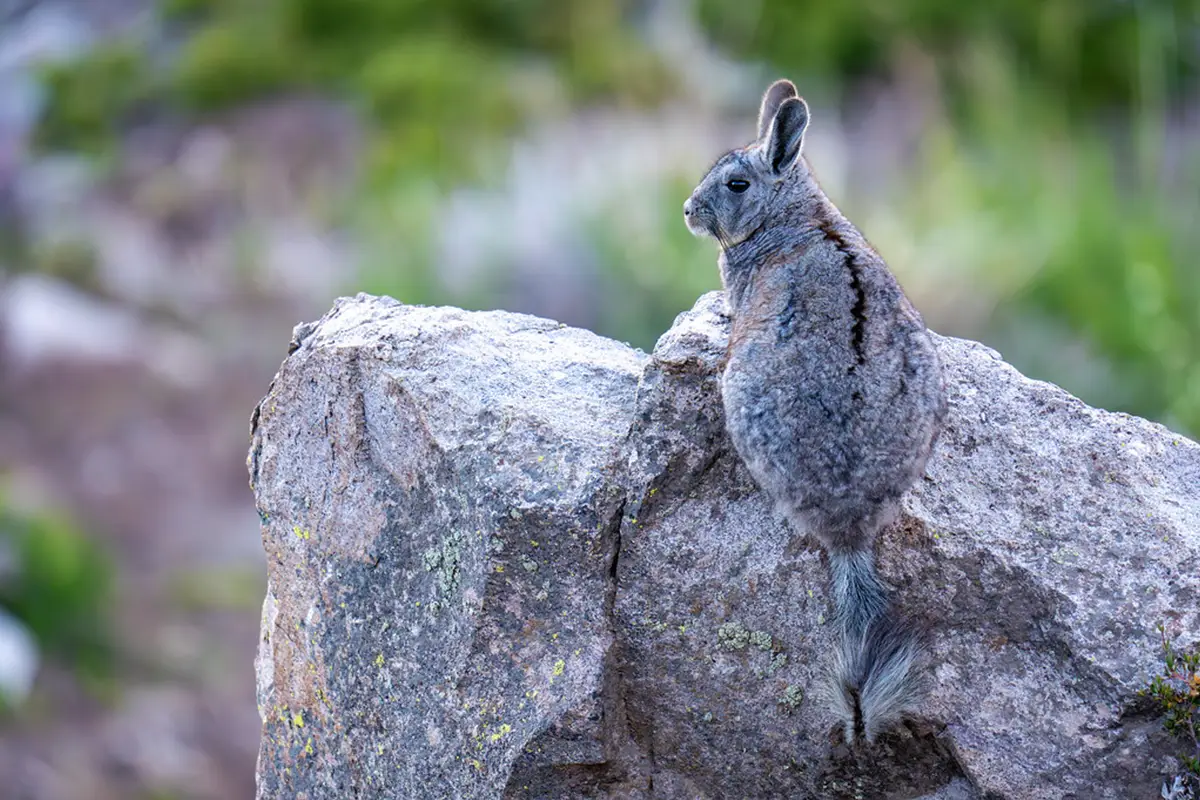
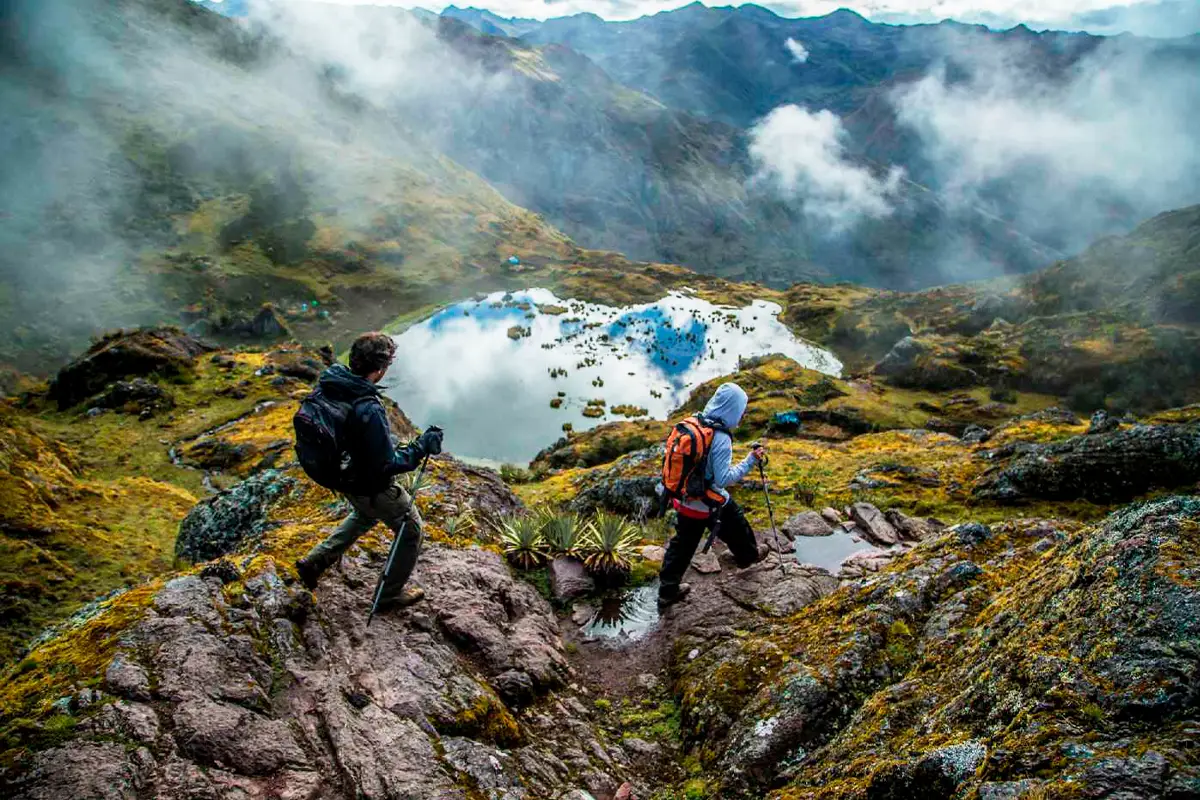
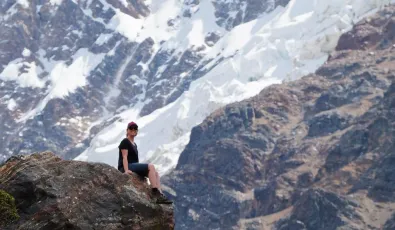
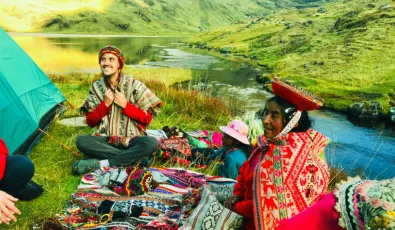
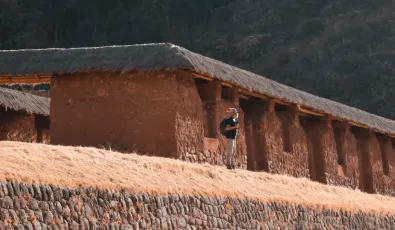
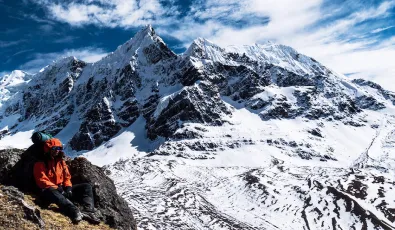
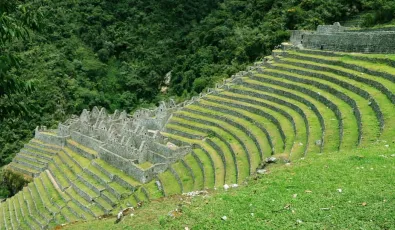
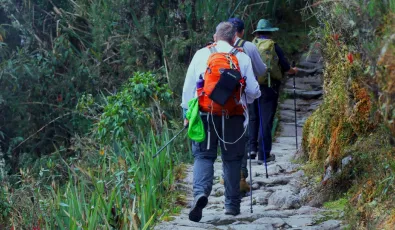
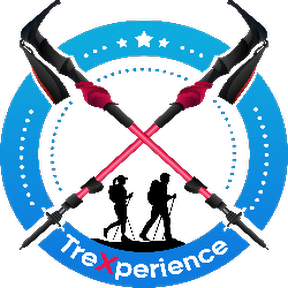
Add new comment